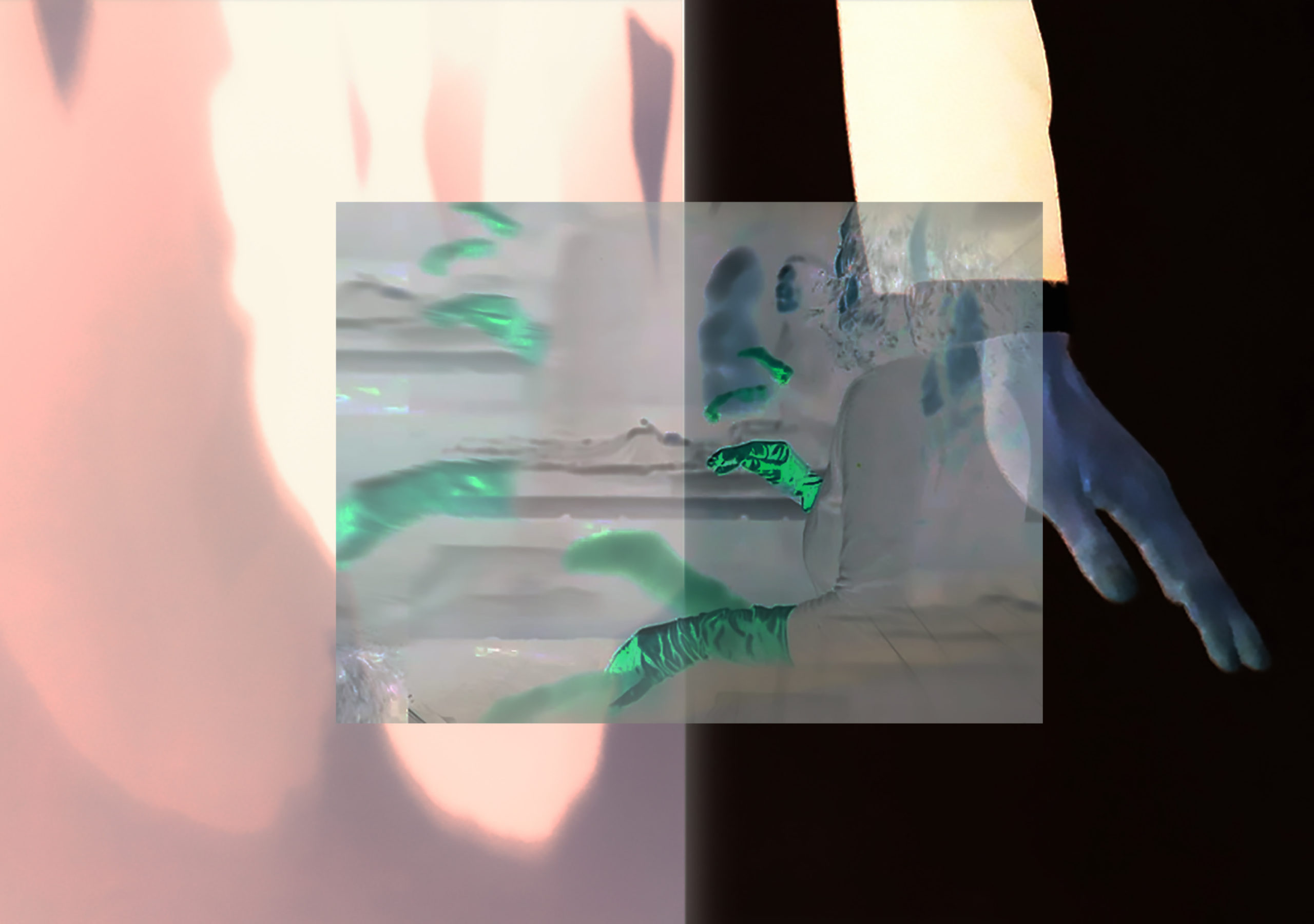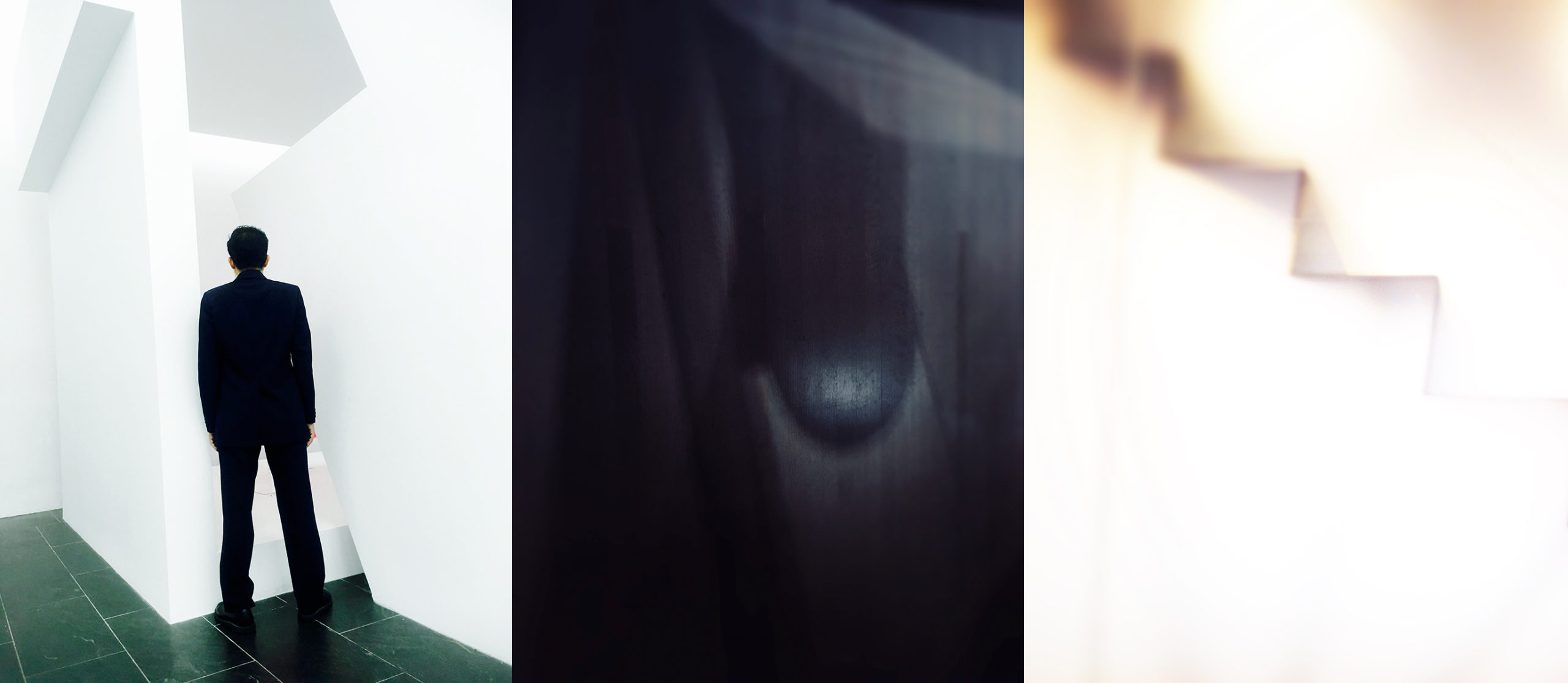The audience is invited to participate in a guided sound, movement and reflection exercise by Abang-guard duo Maureen Catbagan and Jevijoe Vitug along with sound artist Sholeh Asgary. The performance will be followed by a lecture focusing on systems of care that re-envision the body as a dynamic, multi-layered site of interconnected trajectories and possibilities. The body becomes an entry point that touches upon themes of hidden histories, embodied knowledge, symbiotic relations, and modes of recuperation.
Note: Center for Book Arts will hold this event entirely online. A Zoom link will be sent in an email to all registrants.
About the Speakers
Maureen Catbagan is a Filipinx American, multi-media artist based in New York whose work engages social collectivity, examines relations between identity and experience, and explores new forms of empowerments. Collaborative projects include Flux Factory and HOWDOYOUSAYYAMINAFRICAN? Collectives. They have also written critical essays with Dr. Amber Jamilla Musser. Catbagan has exhibited in venues such as ARoS Museum in Denmark, Witte de Withe Center for Contemporary Art in Rotterdam, Whitney Museum of American Art in New York, and The Contemporary Museum of Honolulu. Their current collaborative work with artist Jevijoe Vitug as Abang-guard focuses on immigrant experience within the context of labor and visibility.
Jevijoe Vitug (b.1977) is a Philippine born artist living and working in New York City whose project-based work ranges from painting, photography, digital, sculptural objects to performance, community-based projects and curatorial projects. His work often touches on the notion of reinvention through various mash-ups of contradiction. In response to constant change brought by environmental and technological shifts, his “multi-functional” projects focus on the confluence between the ideal and the real, the past and the future, the local and the global.
Sholeh Asgary (she/her) is an Iranian-born interdisciplinary artist who creates immersive works, sound performances, audience participatory scores, and workshops with a particular interest in liminal spaces experienced by the viewer. Utilizing the parameters of various media, such as photography, video, light, time, and sound, she resurfaces the viewer/participant’s relationship to space, in order to address the way objects can create disambiguation and break down representation. Relating to her early somatic experiences as a refugee, her practice takes on an alchemical process of distilling symbolic representations into messengers of liminal spaces. For example, she has made large obsolete televisions chant while facing each other, creating a polysymphonic rhythm that envelopes the viewer–yet never allows them to fully enter, or carpets rumble with sounds of water, affected by the viewer’s static energy in an intimate aural/textural environment.
About the Exhibition
Light, Tunnels, Passages, and Shadows by Maureen Catbagan examines the transcendent possibilities of peripheral spaces within museums. A utilitarian passage transforms into an ethereal opening. A mundane corner vibrates with a change of light. An invisible worker’s movement conveys visual poetry. Stairwells become illuminated, meaningful, and spiritual. Shifting the visual paradigm of these spaces, objects, and people changes their meaning and the viewers’ relation to them. The photographic series is featured in a boxed folio containing three fold-outs that enable the images to be arranged into multiple compositions creating abstract narratives that connect the peripheral to the sublime while focusing on the museum worker as mediator. These re-configured fold-outs act as architectural interventions illustrating that while the marginal is designated towards boundaries, it can also be the edge towards boundlessness.

